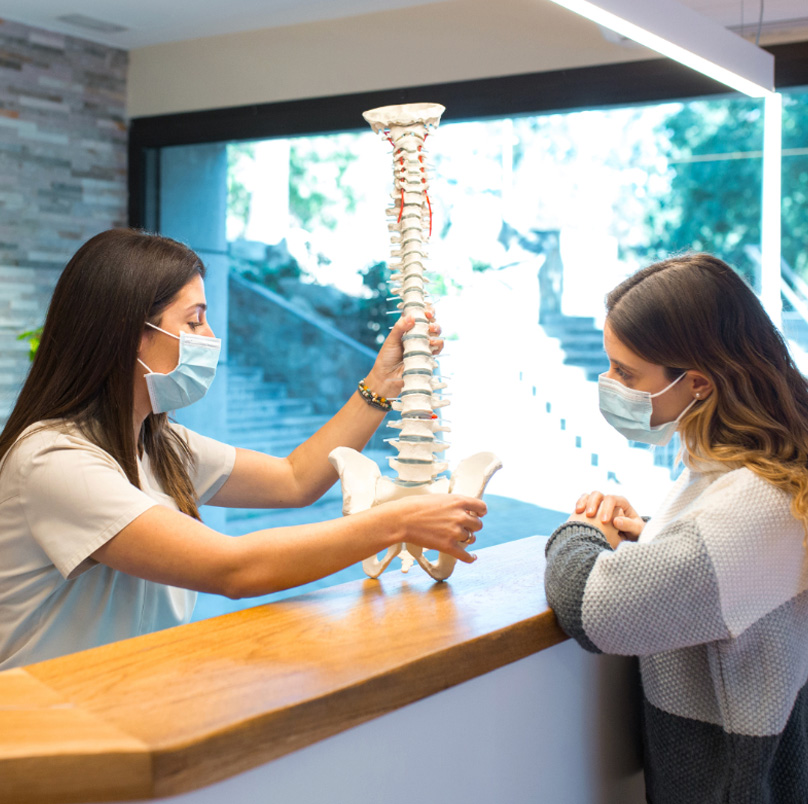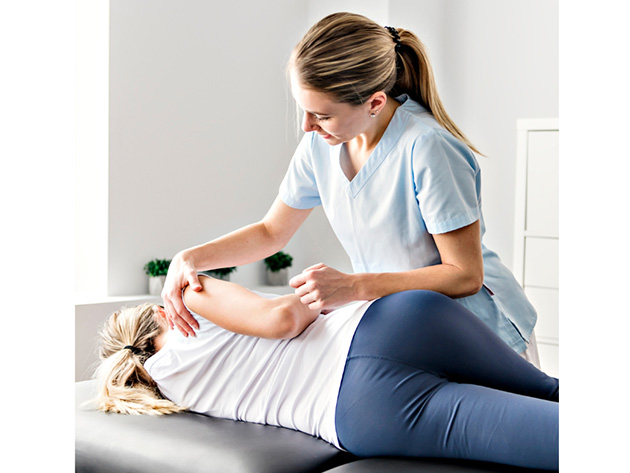I. Introduction
Surgery, while often necessary for addressing various health concerns, can leave individuals facing a challenging road to recovery. Sports physiotherapy plays a crucial role in aiding this journey, promoting optimal healing and restoring functionality. This article delves into the significance of physiotherapy in post-surgery recovery.
II. Immediate Post-Surgery Phase
Right after surgery, the body needs careful help to start healing. In Singapore, physiotherapists use special techniques to reduce issues like swelling, stiffness, and muscle problems after surgery. They guide patients through simple exercises to keep joints flexible and prevent stiffness.
III. Early Mobilisation and Range of Motion Exercises
Getting up and moving early is crucial after surgery. In Singapore, physiotherapists make sure patients start moving safely. It helps avoid problems from staying still too long and boosts blood flow, aiding in healing. Special exercises for moving joints are tailored to the surgery site, helping joints regain normal function bit by bit.
IV. Strengthening Exercises
A. Targeted Muscle Strengthening to Support the Affected Area
After the initial phase of recovery, attention turns to rebuilding strength in the affected area. Physiotherapists design targeted muscle-strengthening exercises to address the specific muscles affected by surgery. This focused approach accelerates the recovery of strength, enhancing overall functionality.
B. Progressive Resistance Training
As the body adapts to the initial stages of strength training, physiotherapists progressively introduce resistance to further challenge the muscles. This approach ensures a gradual and safe increase in strength, preventing overexertion and minimising the risk of injury during the recovery process.
C. Core Stabilisation Exercises
Physiotherapists incorporate core stabilisation exercises into rehabilitation plans, targeting the muscles that support the spine and pelvis. It not only aids in the recovery process but also reduces the risk of future injuries.
D. Functional Exercises to Enhance Daily Activities
Physiotherapy in Singapore extends beyond the physiotherapy clinic walls, focusing on enhancing patients’ ability to perform daily activities. Functional exercises are tailored to mimic real-life movements, ensuring that individuals can regain independence and resume their normal routines with confidence.
V. Balance and Coordination Training
A. Exercises to Improve Proprioception
Proprioception, the body’s awareness of its position in space, is often compromised after surgery. Physiotherapists employ specific exercises to improve proprioception, helping patients regain a sense of balance and spatial orientation.
B. Balance Drills to Reduce the Risk of Falls
Reduced mobility and muscle weakness can increase the risk of falls post-surgery. Physiotherapy in Singapore places a strong emphasis on balance drills to enhance stability and reduce the likelihood of accidents during the recovery period.
C. Coordination Exercises to Enhance Motor Skills
Coordination is crucial for smooth and controlled movements. Physiotherapists incorporate coordination exercises to enhance motor skills, ensuring that patients regain precise control over their movements as they progress through the rehabilitation process.
VI. Pain Management Strategies
A. Manual Therapy Techniques for Pain Relief
Physiotherapists in Singapore utilise manual therapy techniques to alleviate post-surgery pain. Hands-on interventions, such as soft tissue mobilisation and joint manipulation, target specific areas of discomfort, providing relief and promoting a more comfortable recovery.
B. Modalities Such as Heat or Cold Therapy
In addition to manual techniques, physiotherapists may incorporate modalities such as heat or cold therapy to manage pain and inflammation. These non-invasive approaches offer effective relief and complement the overall pain management strategy.
C. Education on Self-Management of Pain
Empowering patients with the knowledge and skills to manage their pain is a key aspect of physiotherapy in Singapore. Physiotherapists educate individuals on self-management techniques, equipping them with tools to cope with discomfort between sessions and beyond the formal rehabilitation period.
VII. Monitoring Progress and Adjusting the Plan
A. Regular Follow-Up Assessments with the Physiotherapist
Continuous monitoring of progress is integral to the success of post-surgery physiotherapy. Physiotherapists in Singapore schedule regular follow-up assessments, allowing them to track improvements, address any concerns, and make necessary adjustments to the rehabilitation plan.

B. Modification of the Rehabilitation Plan Based on Progress
Recovery is a dynamic process, and physiotherapy plans must adapt accordingly. Based on the patient’s progress, physiotherapists may modify exercises, adjust intensity levels, or introduce new techniques to ensure that the rehabilitation plan remains aligned with the individual’s evolving needs.
C. Open Communication Between Patient and Physiotherapist
Effective communication is a cornerstone of successful post-surgery physiotherapy. Physiotherapists in Singapore encourage open dialogue with patients, fostering a collaborative approach to recovery. It ensures that any challenges or concerns are promptly addressed, promoting a positive and supportive rehabilitation experience.
VIII. Conclusion
Physiotherapy emerges as a vital component of post-surgery recovery, offering a comprehensive and individualised approach to rehabilitation. From the immediate post-surgery phase to the final stages of regaining functionality, physiotherapists play a pivotal role in guiding patients towards optimal recovery.
Contact Calibrate Health to book a sports physiotherapy session!




